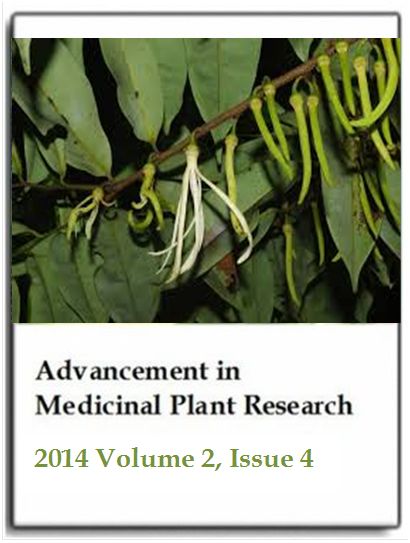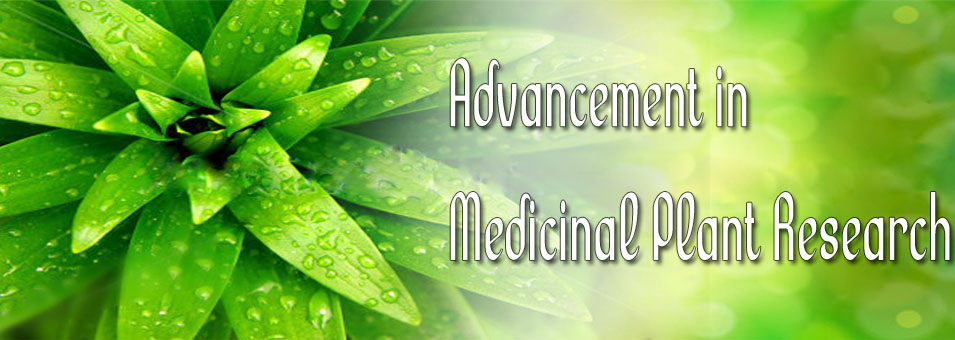Curcumin encapsulated in poly-L-lactic acid improves its anti-inflammatory efficacy in vivo
Bruno A. Rocha, Odinei H. Gonçalves, Fernanda V. Leimann, Edirlene S. W. Rebecca, Rosana A. Silva-Buzanello, Lúcio C. Filho, Pedro H. H. Araújo, Roberto K. N. Cuman and Ciomar A. Bersani-AmadoAdvancement in Medicinal Plant Research
Published: December 29 2014
Volume 2, Issue 4
Pages 62-73
Abstract
Curcuma longa L., commonly known as turmeric, has been used to treat some diseases such as gastric ulcers and rheumatoid arthritis. Studies showed that curcumin (Cur) has low water solubility and impaired bioavailability as a consequence of poor absorption, rapid hepatic and intestinal metabolism and also systemic elimination, justifying the development of new formulations to improve its bioavailability. The aim of this study was to compare the effect of Cur and nanoencapsulated curcumin (CurNano) on acute inflammatory response in rats. For this, we used the miniemulsification/evaporation technique to obtain nanoparticles of poly(L-lactic acid) containing curcumin at different concentrations (1, 3, 9 and 15%). The results of the encapsulation efficiency, scanning electron microscopy, calorimetry, and infrared showed that curcumin was efficiently encapsulated, but there was an upper limit of the concentration of curcumin that can be entrapped in the nanoparticles (around 2.6%). The biological efficacy was evaluated by experimental model of carrageenan-induced paw edema. The data showed an improvement in the anti-inflammatory activity of curcumin because CurNano at dose 50 mg/kg produced an inhibitory effect similar to that of Cur 400 mg/kg. This probably occurred because of an increase in the bioavailability of curcumin after its encapsulation.
Keywords: Curcumin, nanoparticles, inflammation, nanoencapsulation, bioavailability.
Full Text PDF
